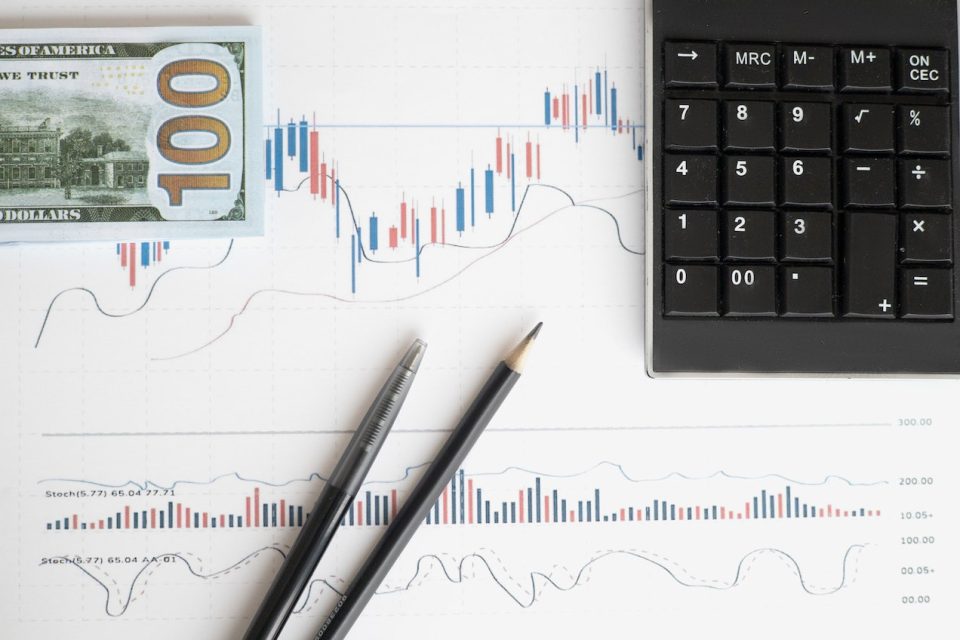New government data reveals that the Federal Reserve’s Personal Consumption Expenditures (PCE) Index experienced a 3.5% year-over-year growth in August, slightly up from the 3.4% recorded the previous month. This figure aligns with analysts’ projections. The “core” PCE, excluding the volatile food and energy sectors, showed a growth of 3.9%, a marginal dip from the previous month’s 4.1%, in accordance with economists’ consensus polled by Bloomberg.
On a monthly basis, the core PCE demonstrated a 0.1% uptick in August, down from the 0.2% observed in July. This metric, favored by Fed Chair Jerome Powell for inflation assessment, remains notably above the Federal Reserve’s long-term goal of 2%. Powell emphasized this concern, asserting that inflation persists “well above our longer-run goal of 2%,” during remarks last Wednesday.
The Federal Reserve maintained its rates within the range of 5.25%-5.50%, the highest since March 2001. Additionally, it projected an intention to sustain elevated interest rates for an extended period to combat inflationary pressures. August’s PCE data aligns with the Consumer Price Index (CPI) for the same period, another pivotal indicator of inflation, which also indicated a reduction in core price escalation.
The CPI report for August unveiled a headline inflation rate of 3.7%, driven by elevated costs in oil and food commodities. The Federal Reserve, in its Summary of Economic Projections (SEP), disclosed a revision of its expectations for core PCE, anticipating a swifter decline than initially foreseen for this year. The SEP indicated an anticipation of core inflation peaking at 3.7% this year, a slight reduction from the June projection of 3.9%. Subsequently, it is expected to cool to 2.6% in the following year and further drop to 2.3% by 2025.
However, Powell acknowledged during a subsequent press conference that a surge in core PCE is not the sole factor influencing the potential for another interest rate hike this year. The Fed remains vigilant regarding any economic developments that might hinder the descent of inflation. Powell stated, “The heat that we see in GDP, is it really a threat to our ability to get back to 2% inflation? That’s going to be the question. It’s not a question about GDP on its own.”
August witnessed the Federal Reserve’s PCE Index grow at its slowest pace since September 2021, according to the government data. The deceleration in the Personal Consumption Expenditures (PCE) Index, a crucial gauge of inflation, suggests that the Fed may not need to contemplate further rate hikes this year, contrary to economists’ prior expectations. This development occurs as the Fed endeavors to rein in inflation while meticulously monitoring economic trends to prevent further price escalations. Investors remain on edge, awaiting the Fed’s next move in this delicate economic balancing act.
Source: Yahoo Finance

